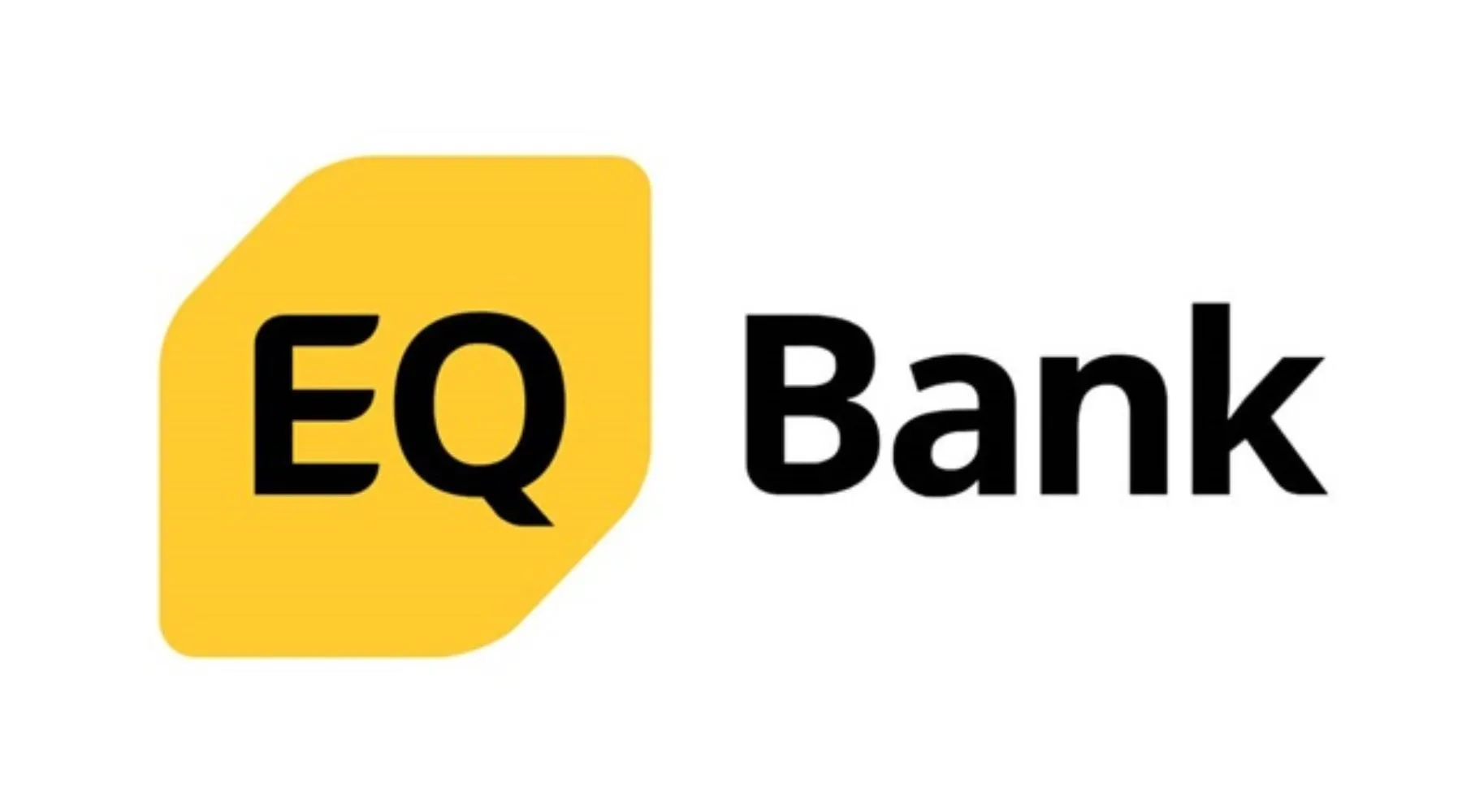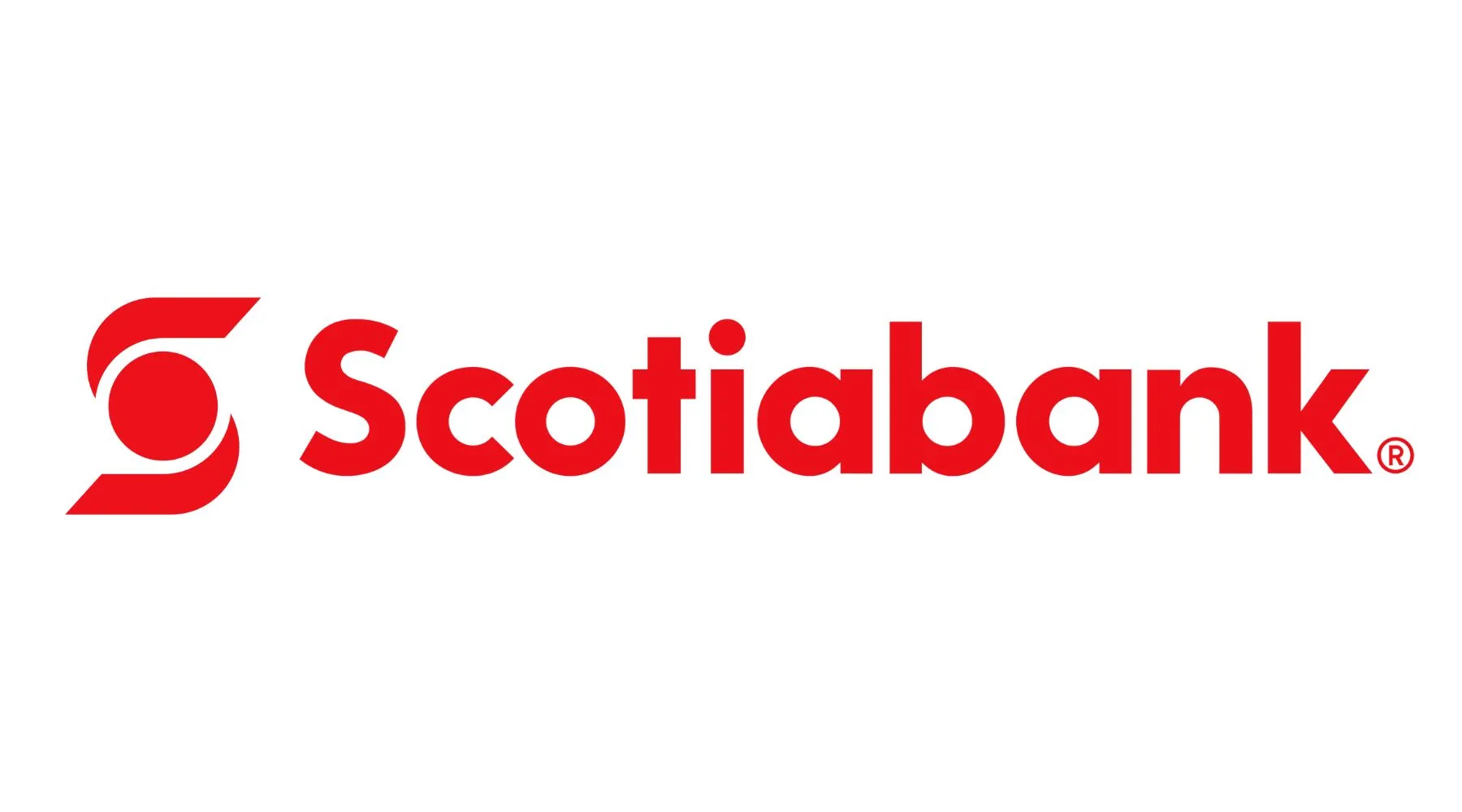Solid State Logic GM Enrique Perez (left) and Calrec GM Sid Stanley at NAB 2023
At NAB 2023, audio console specialists Calrec and Solid State Logic provided the audio component to AWS’s cloud-connected workflows demo.
It is something that both British pro-audio brands have had a lot of experience of over the last nine months; experience which they say has helped define cloud workflows and requirements not only for R&D, but for end users as well.
Back in July 2022, Audiotonix, which owns both brands along with DiGiCo, Allen & Heath and others, announced that it had developed a technology proof of concept (PoC) which would provide the backbone for Calrec and SSL to develop cloud solutions for live broadcast.
And develop it they have. Capitalising on their joint broadcast experience and DSP knowledge, both brands have spent the time working with multiple broadcast clients across a number of PoC projects in the field to push the boundaries of cloud production.
Several have been live to air, including live coverage of the Davidson-George Mason Atlantic 10 Conference basketball game in Fairfax, Virginia by ESPN, as reported by SVG in January.
It’s an exercise that has paid dividends. At the SVG Europe Audio Summit in December, Tom Knowles, SSL’s product manager for broadcast systems, spoke about how manufacturers need to work alongside broadcasters to help define product roadmaps, and to design cloud facilities that are of value.
Collaboration
That collaborative spirit has led to the development of New Heights, Audiotonix’s cloud DSP mixing engine which was announced the week before NAB, and which is part of the AWS demo at NAB. The cloud-based processing engine will provide the backbone for future REMI remote solutions for both manufacturers, where each brand will further develop its own commercial solutions with signature DSP sound and control.
It sounds like things have moved on. “Our cloud solution has come on in leaps and bounds,” agrees SSL general manager Enrique Perez. “We started with a system which we thought broadcasters would want, but working directly with end users on PoCs has helped both parties understand how things can work better. Things we initially thought were important ended up being less so, and having the opportunity to tailor the product to actual broadcaster needs revealed some unexpected priorities.
“For example, at the beginning we thought that broadcasters would need support with streaming to their systems, but in reality that was already sorted. What broadcasters needed most was a core mixing solution which had connectivity to third-party streams, and almost every single PoC required different connectivity and different deployments. This quickly became our focus, and the system is now able to connect to RTP, NDI and Dante. So far, these three protocols have been enough to connect everybody we have worked with.”
Sid Stanley is the general manager of Calrec. He says: “What you look to gain from the discovery phase is what a resilient use case looks like: what are the boundaries for the application now and where will it go in the future? Understanding the use case helps us understand what we need to create so broadcasters can best incorporate it into their production suite.
“But it also allows broadcasters to see where the cloud fits into their toolkit in terms of other distributed production solutions; where it fits in their business model; and where it fits alongside their other solutions.
“Participating in so many PoCs and being able to work collaboratively between the brands gives us confidence that when we get there we will be in a position to do the best job for our clients, because they need the best tools to get the job done.”
Maintaining separation
While the development of New Heights is collaborative, Calrec and SSL says it has been designed to allow each brand to remain true to its customer base and to ensure brand integrity. Calrec and SSL customers both have different requirements and expectations, and these are reflected in the way that New Heights treats the DSP processing within the design.
“We want clients to see, use and hear what they have always seen, used and heard,” says Perez. “New Heights is like a shell around the core system. Inside that shell the DSP is tailored for both brands. This allows us to preserve the control and sound of each brand within the same system.
“For example, Calrec creates mix-minus feeds very differently to how SSL mix minus feed work, the EQs are different, the sound is different. Although it is a common development the idea is to preserve the same workflows and the same sound from each brand.”
The engine also adheres to other common Audiotonix themes in that it is agnostic. While most of the PoCs and the NAB demo are with AWS, the system is provider agnostic. It can adapt to Google or Microsoft Azure, or whatever the customer needs it to operate on. “We don’t want to dictate,” says Perez.
“Cloud brings different ways of thinking about system design, and different ways to design and think about distributed production models”
Having the opportunity to work with multiple broadcasters as a PoC provided both parties with valuable experience, but the project ended up being a collaboration not just between Calrec and SSL, but also with end users to help explore what industry requirements could become.
Perez adds: “At the beginning of the journey everybody started with an idea that the cloud will substitute everything, but the more we worked with broadcasters, the more we discovered that their requirements are all different. Cloud is essentially an add-on to the toolkits that broadcasters are already using.
“The traditional physical console has its place and is another thing you can connect to the system. In some cases that’s all you need, but in other cases you might not need it at all. Cloud brings different ways of thinking about system design, and different ways to design and think about distributed production models.”
One of the recurring themes at NAB this year is flexibility, and this interpretation of the cloud supports the idea of flexibility, as well as the concept that broadcasters should be led by their production needs.
Application
Perez notes: “Cloud adoption will depend on application. There is no need to physically replicate systems across multiple sites. When you can just turn them on and off when required, you can share systems more efficiently.”
But what of the challenges of audio mixing in the cloud, such as latency? “Latency is a good example. To mitigate latency in such a complicated processing system, it’s better to have everything in a single application, so that is exactly what we did,” he explains.
“Microservices have their niche and can be really useful for certain types of application, but what we decided to do is different. We achieved lower latencies by building everything into a single block of code, but we can split that code into different services. It is not a traditional microservice format where different services are stitched together to create a whole.”
Moreover, Perez maintains that as the perception of cloud production changes as people understand the capabilities and limitations of the systems, this flexibility will become even more crucial.
“We achieved lower latencies by building everything into a single block of code, but we can split that code into different services. It is not a traditional microservice format where different services are stitched together to create a whole”
“Where the DSP engine is located matters. There are workflows where things like latency is more important, such as for IEMs, and there are workflows where it isn’t as important and you can control it directly in the cloud. Having the ability to take these blocks of code and put them in different places can change a sub-optimal system into a high-performance system. We are all learning how to do things more efficiently, and while feedback from the PoCs was all positive in terms of speed and latency, the New Heights architecture allows us to expand this.”
Another challenge was one of control connectivity in the cloud; in fact, routing was the single biggest challenge, and both Perez and Stanley admit it requires some work.
But technologies are already adapting. Last week Audinate announced a suite of software applications that facilitate cloud-based broadcast production, combining the tight synchronisation of Dante with connectivity to a number of centralised production tools running on cloud instances, including AWS, Waves, Audiotonix, Riedel and HHB Communications.
Development continues, and while New Heights is a full working system – Audiotonix is aiming for a full market release in mid-2024 – there is more work to be done.
Evolution
“Cloud adoption needs to be dynamic because if broadcasters put things in a different order, or use a different codec or video system, it affects the whole workflow,” says Perez. “It requires cloud systems like New Heights to continuously evolve because every installation we do will have its own specific requirements. This is something that is already very apparent from the PoCs.”
Stanley agrees: “We have a lot more PoCs to do, and we are actively encouraging them from a wider range of broadcasters. There is a lot of comfort to be had in having two well-resourced brands bringing their mutual expertise together, but in the same way AoIP adoption has been a big learning curve for broadcasters, manufacturers and SIs, cloud has a similar adoption challenge for all of us. The more homework and PoCs we do will help us all on that journey.
“We are narrowing down what cloud means, what we can deliver as a use case, what demand it makes on our solution and what benefits it provides to the end user. You can only get to that point if you do the hard miles first, and that’s the exciting part.”


